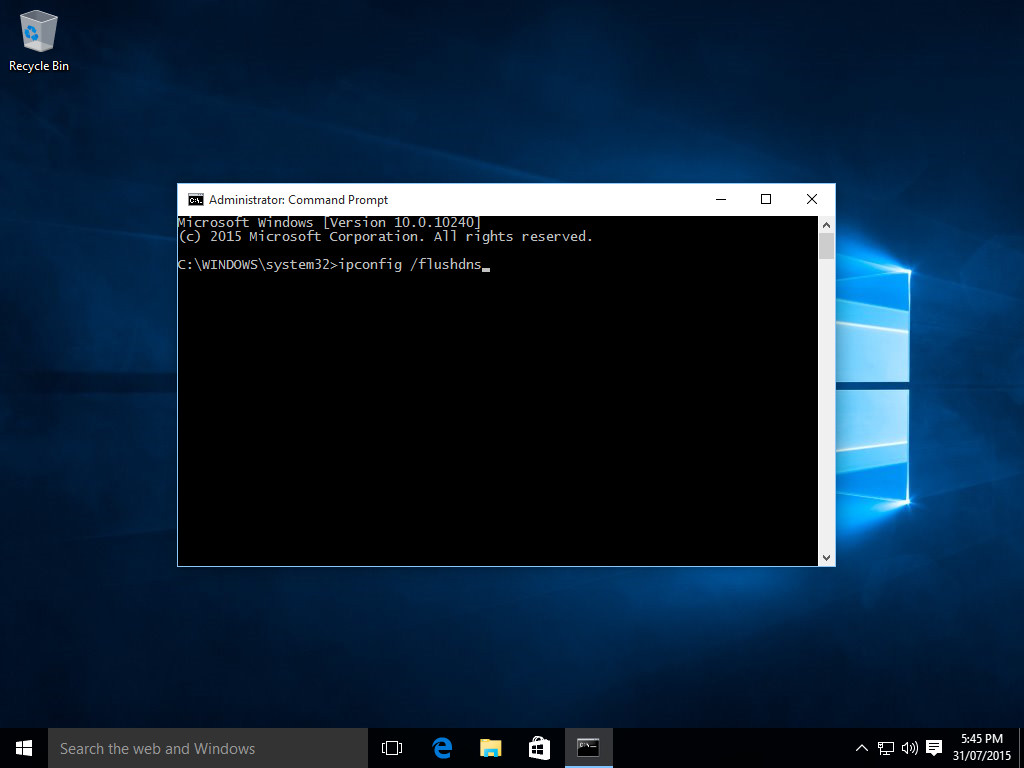This happens because the Microsoft Office document cache is corrupted, unusable and unrepairable. The only solution is to delete it and have Microsoft Office create a fresh cache for its documents. The Solution - Kill the Processes Using the Cache & Delete It. The first step is to close all Microsoft Office applications. How to Clear Cache in Microsoft Office SUBSCRIBE for more: to clear and reset cache in Microso. Finally, reload the application and see if the process has managed to speed up Microsoft Word. Delete temporary files. All Microsoft Office programs will create temporary files to prevent you from losing your work. However, if the automatic removal of these files fails, they can build up and make Microsoft Office slow.
The cache is a type of memory where data is stored so as to make it easily available when it is needed by the macOS High Sierra. It stores technical data when a browser, app, or system operations are carried out. Over some time cache files can occupy space on hard drive. That`s why it is very important to clear Mac cache regularly in order to preserve its high speed. Caches can include temp files, apps specific caches, partly completed downloads, messaging cache, and web browser history and cache. So, let`s find out how to clean Mac cache via different ways.

Clean up your Mac manually
Go to cache and delete the contents – that is what the cache cleaning on Mac is about. Open Finder, select “Go”, click “Go to folder”, type “Library/Caches/”, remove certain cache files, and empty trash.
Fix a lot of browser related errors by Mac safari cache cleaning

All Safari users should remember that too much cache piling up in the background can cause a lot of problems. Clear cache in Safari is pretty easy:
- Launch Safari on your computer
- Click on the “Safari” in the menu bar
- Click on “Preferences”
- Click on the “Advanced”
- Click on the “Show Develop menu in menu bar”
- Click on “Develop”
- Click on “Empty Caches”
Clear Microsoft Office Cache Mac Os
Clear Chrome cache by taking several steps
It is very helpful to know how to clear out all Chrome data because there are many cases when users might want to delete all cookies, browser history, web data, and download history for privacy or troubleshooting purposes. This is the simplest way to do it:
- Open Chrome
- Go to the “Chrome” menu
- Choose “Clear Browsing Data”
- Choose caches and web data you are going to remove
- Choose the time period to delete from
- Choose “Clear browsing data”
Use MacFly Pro to clear cache on your Mac
MacFly Pro is an effective app for decluttering your Mac`s system. It can help you clean up and speed up your computer safely. Here is how it works:
- Install the program
- Open MacFly Pro
- Head to the Cleanup tab
- Start a System scan
- Press Review Files
- Press Clean to remove temporary files, log, User and System cache
With the use of MacFly Pro, you can tackle the problem in no time. You will have a wonderful opportunity to get maximum out of your computer performance seamlessly and quickly. What is more, this cleaning program offers everything you will be satisfied with – intuitive design, simple navigation, reliability, and effectiveness.
Now you know how to clean cache on your system and improve its maintenance. All you have to do is to transfer your knowledge into practice.
Please enable JavaScript to view the comments powered by Disqus.Clear the Office and Web cache for Excel on a Mac in the following cases:
If the provider you are connecting to has been updated; for example, after a monthly update has been applied.
Before sideloading or deploying a new or modified manifest file.
If you have previously sideloaded the same Oracle Smart View for Office (Mac and Browser) add-in an earlier session and are experiencing issues, such as login issues.
If the 'Include Functions support' option is enabled in the manifest file.
Clear Microsoft Office Cache Macbook
- Clear the Office cache by manually deleting files:
- Close all Office applications.
- Delete the contents of the following folder:
/Users/{your_name_on_the_device}/Library/Containers/com.Microsoft.OsfWebHost/Data/If that folder does not exist on your Mac, then check your system for the following folder locations and, if found, delete their contents:
~/Library/Containers/com.microsoft.excel/Data/Library/Caches~/Library/Containers/com.microsoft.excel/Data/Library/Application Support/Microsoft/Office/16.0/Wefcom.microsoft.Office365ServiceV2/Data/Caches/com.microsoft.Office365ServiceV2/For more information, see Clear the Office cache on the Microsoft support site and see 'Clear the Office cache on Mac.'
- Re-sideload or redeploy the manifest file, launch Excel, and log in to Smart View.
See Mac: Sideloading on Excel 365 and Logging In or Mac: Sideloading on Excel 365 and Logging In.
- Clear the web cache using the Clear Web Cache command:
- In the Smart View ribbon, select Home.
- Click the i icon in the upper-right corner of the Login dialog or the Home panel to display the'personality' menu.
- From the personality menu, select Clear Web Cache.
In this example, the personality menu is accessed from the Login screen:
For more information, see Clear the Office cache on the Microsoft support site and see 'Clear the Office cache on Mac.'
- Continue working in Smart View.